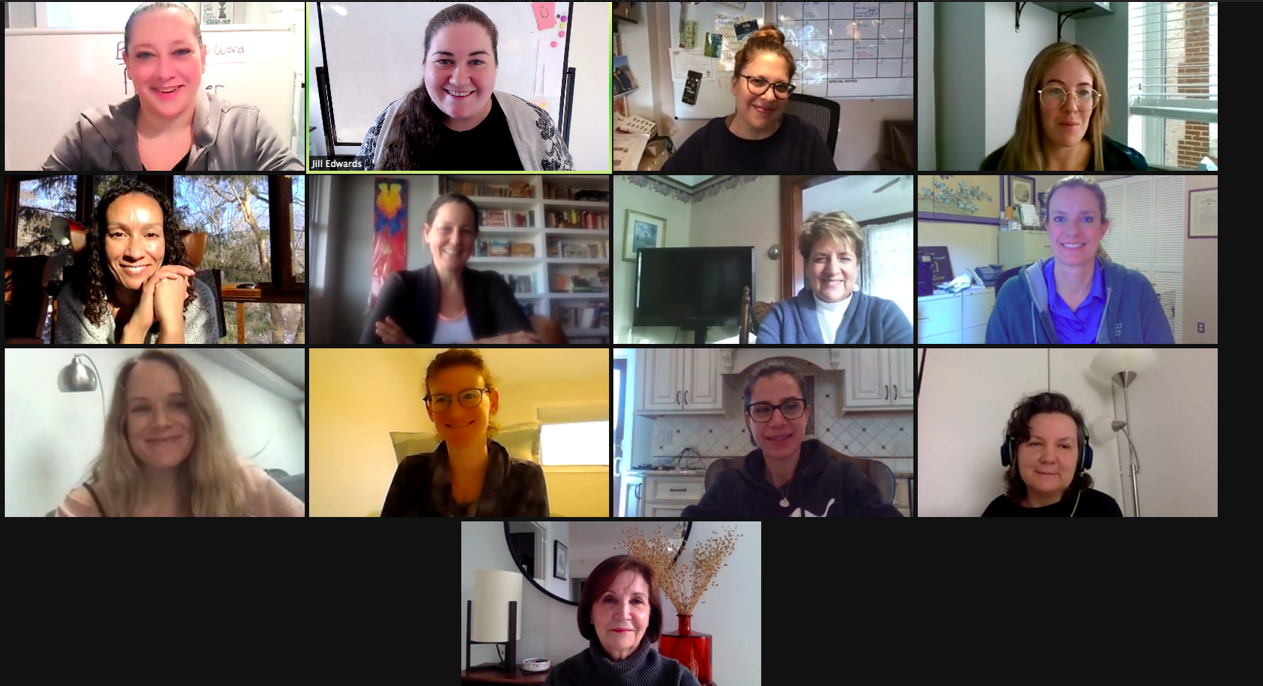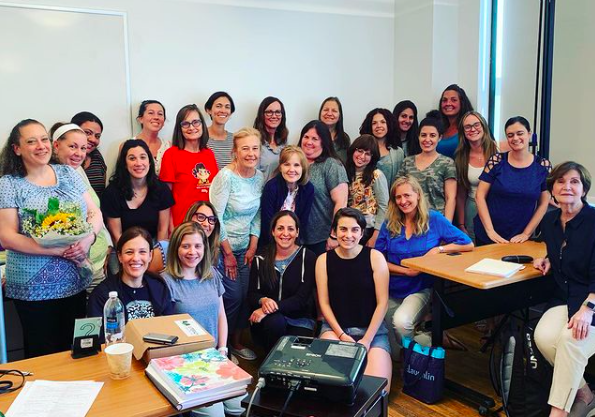-
Phonological Awareness
Phonological awareness
The awareness that words are made of individual speech sounds and the ability to manipulate these sounds. -
The Layers of Language
English is a layered language with components of Latin, Greek, Anglo-Saxon, and French. Knowing this can help students break down words as they advance in reading.
-
Fluency
Fluency
Fluency is the ability to read with speed, accuracy, and proper expression. Achieving fluency is no simple task. Trainees will explore and create materials (backed by research) to help improve accuracy, reading rate, and expression. -
Vocabulary
Vocabulary
Vocabulary size and word-meaning strategies predict comprehension. By 2nd grade, there is an estimated 2,000 word gap in vocabulary understanding between those who struggle with reading and typical readers. -
Comprehension
Comprehension
Understanding the meaning of text and integrating it with previous knowledge.











